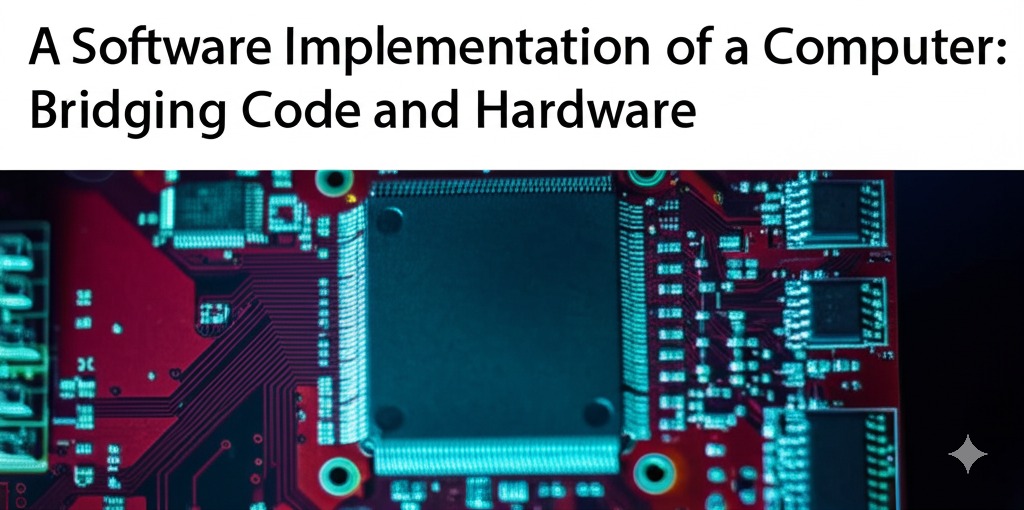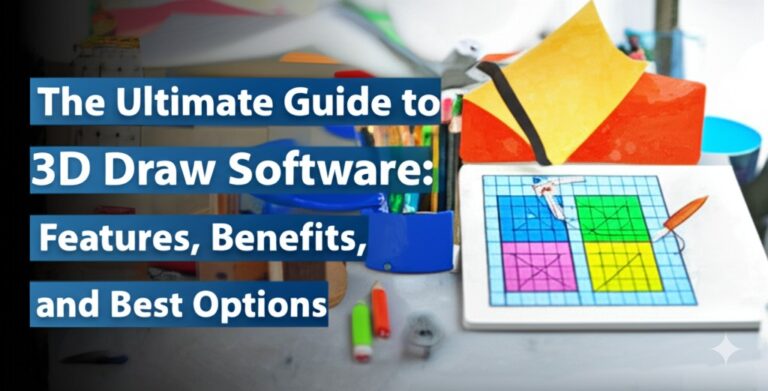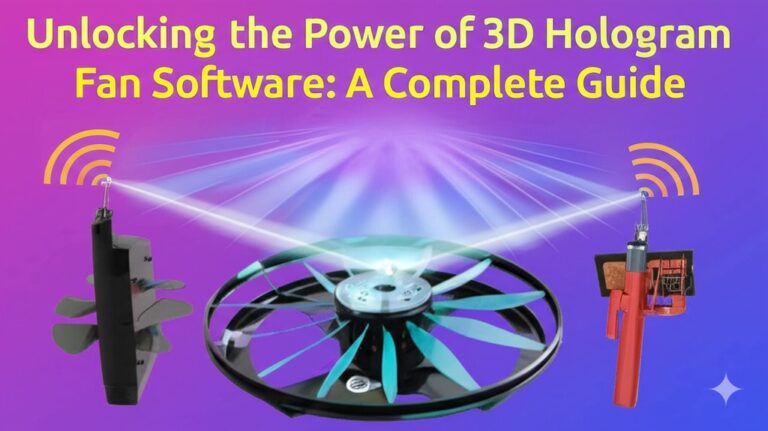A Software Implementation of a Computer: Bridging Code and Hardware
In an age where digital transformation drives innovation, understanding how computers work under the hood is more important than ever. While most people interact with physical machines daily, fewer realize that you can simulate a computer entirely through software. This concept—known as a software implementation of a computer—offers a powerful window into how computing systems operate, enabling education, experimentation, and even product development in virtual environments.
In this article, we’ll explore what a software implementation of a computer is, how it works, and why it matters. Whether you’re a developer, student, or tech enthusiast, this guide will help you grasp the inner workings of virtual computing systems.
What Is a Software Implementation of a Computer?
A software implementation of a computer refers to the simulation of hardware components—such as the CPU, memory, and I/O devices—entirely through software. This type of virtual machine mimics the behavior of an actual computer, executing machine-level instructions and managing memory just like physical hardware would.
Key Characteristics:
- Simulates hardware at the instruction level.
- Can execute binary programs as if they were running on real hardware.
- Used for education, development, and testing.
One of the most popular examples is the emulator, which replicates the functionality of one computer system on another.
Why Build a Computer in Software?
There are several compelling reasons to implement a computer in software:
1. Educational Value
Software-based computers provide a hands-on way to learn about:
- Computer architecture
- Assembly language
- CPU instruction sets
- Operating system design
2. Testing and Debugging
Virtual machines allow developers to:
- Run and debug low-level code without affecting real hardware.
- Create isolated environments for testing.
- Simulate different architectures or hardware configurations.
3. Cross-Platform Compatibility
Running software from one architecture (e.g., ARM) on a different one (e.g., x86) is possible through software emulation.
4. Preservation of Legacy Systems
Old games and applications that require obsolete hardware can live on through emulators.
Core Components of a Software-Based Computer
To effectively simulate a computer, the software must recreate several essential hardware elements:
1. CPU Emulator
The heart of any computer, the CPU emulator:
- Fetches and decodes instructions
- Executes operations like arithmetic, logic, and control flow
- Maintains registers and status flags
2. Memory Management
A software-based memory module:
- Allocates and accesses data like RAM would
- Handles address translation
- Implements memory segmentation or paging
3. I/O Simulation
Input/output operations are emulated to:
- Interact with virtual devices (e.g., keyboard, screen)
- Support file systems and networking
- Manage hardware interrupts and buffers
4. Instruction Set Architecture (ISA)
The ISA defines the language the CPU understands. A faithful software implementation must:
- Decode and execute each instruction as specified
- Support conditionals, loops, and jumps
- Emulate stack and register operations
Popular Tools and Frameworks
Several tools and frameworks make it easier to implement or explore software-based computers:
- QEMU – A high-performance open-source emulator supporting multiple architectures.
- Bochs – An x86 emulator for low-level experimentation.
- SimH – A collection of emulators for classic hardware platforms.
- Logisim – A visual simulator for digital logic circuits, often used in education.
Each of these tools serves a specific purpose, from full-system emulation to visual instruction for students.
Real-World Use Cases
Software-based computers are more than academic exercises—they have real-world applications:
✔ Operating System Development
Virtual machines allow OS developers to test kernels without needing physical hardware.
✔ Security Research
Penetration testers and cybersecurity researchers use virtual computers to analyze malware in safe, contained environments.
✔ Embedded Systems Simulation
Engineers can simulate devices before manufacturing hardware, saving time and cost.
✔ Cloud and Edge Computing
Many cloud platforms use software-based environments to provision virtual machines (VMs) on demand.
Challenges and Limitations
Despite their benefits, software implementations come with trade-offs:
- Performance Overhead: Emulation is slower than native execution.
- Complexity: Building an accurate virtual CPU and memory model requires deep understanding.
- Limited Hardware Interaction: Not all real-world peripherals or sensors can be emulated precisely.
Nonetheless, the flexibility and educational value make these limitations acceptable in many scenarios.
Final Thoughts
A software implementation of a computer is a fascinating blend of computer science theory and practical software engineering. It allows us to explore, test, and innovate in ways that physical hardware alone can’t offer. Whether you’re a student building a CPU from scratch or a developer simulating embedded systems, this virtual approach opens the door to a deeper understanding of how computing works.

Zain Jacobs is a writer for TheNetUse, providing in-depth reviews, tips, and insights on the latest software apps to help users maximize their digital experience.







